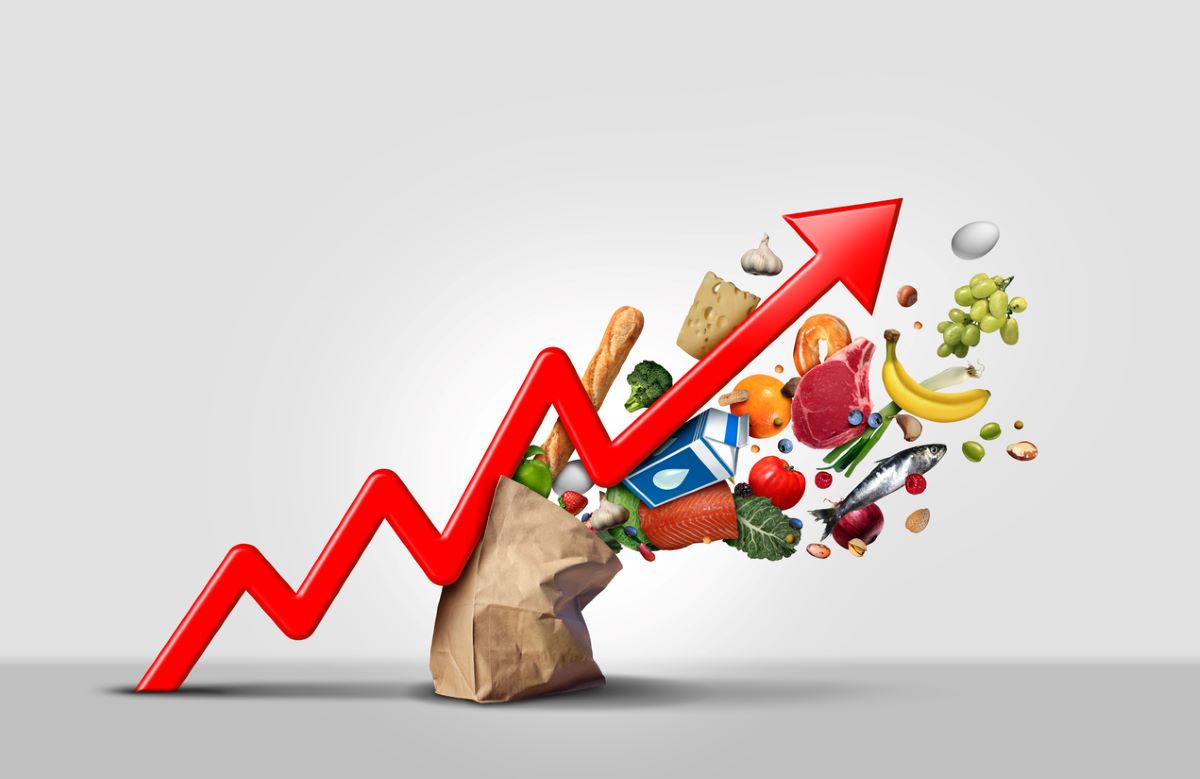UK inflation jumps to a 10-month high
UK inflation unexpectedly jumped to 3% in the 12 months to January 2025, marking a ten-month high and catching many analysts off guard. The rising cost of living is up from 2.5% in December and above analyst’s forecasts of 2.8%.
The increase has raised fresh concerns about how long the Bank of England (BoE) will need to keep interest rates higher, meaning potentially the pain will be prolonged for borrowers – but could signal better news for savers
The rise in inflation has been driven by several key factors. Airfares, which typically drop sharply after the holiday season, didn't fall as much as expected, keeping travel costs higher. On top of that, the introduction of VAT on private school fees has pushed up tuition costs, adding to the pressure. Food and non-alcoholic drink prices have also edged up, squeezing household budgets even further. Meanwhile, core inflation, which strips out volatile items like food and energy, has also climbed to 3.7%, and services inflation is now running at 5%. All of this suggests that inflation is proving more stubborn than the BoE might have hoped.
This latest inflation surprise makes the BoE’s monetary policy strategy more complicated. The Bank had been moving toward cutting interest rates this year, particularly given the weak economic growth seen in recent months. But with inflation coming in higher than expected, policymakers may have to hold off on rate cuts for longer to ensure inflation doesn’t start climbing again. Some experts still believe rate cuts are on the way, but this inflation spike could slow things down and force the Bank to take a more cautious approach.
Whilst bad news for borrowers, for cash savers this uncertainty around interest rates has some important implications. If the BoE keeps rates higher for longer, that could be good news for those with savings as banks and building societies may also be slower to cut rates – particularly on fixed term accounts. However, inflation at 3% means that unless you’re earning at least that much interest on your savings, the real value of your money is being eroded over time.
For example, if you have £10,000 in the Lloyds Easy Saver account which is paying just 1.10% AER on balances of between £1 and £25k, after a year the real value of your money would have fallen to £9,816, assuming inflation were to remain at 3%. If you were to move that £10,000 to an account earning 4%, your cash would have actually increased in value, even after the effect of inflation, to £10,097 in real terms.
Check if your savings are keeping ahead of inflation with our inflation calculator below:
Now more than ever, it’s important to make sure your money is working as hard as possible. Shopping around for the best interest rates is key, as banks are still offering a mix of competitive and disappointing deals. Fixed-rate savings accounts might be worth considering if you want to lock in a good rate before any potential cuts in the future. Meanwhile, cash ISAs remain a great way to shield your savings from tax, helping you to maximise your returns.
With inflation still proving unpredictable and interest rates in a state of flux, keeping an eye on the financial landscape and the interest rates you are earning on your savings is essential. By staying informed and being proactive with your savings, you can make the most of the current situation and ensure your money is working for you.
Arrange a free initial consultation
This article is intended for general information only, it does not constitute individual advice and should not be used to inform financial decisions.
The Financial Conduct Authority (FCA) does not regulate cash advice.
The accounts and rates mentioned in this article are accurate and correct as of 20/02/2025.

